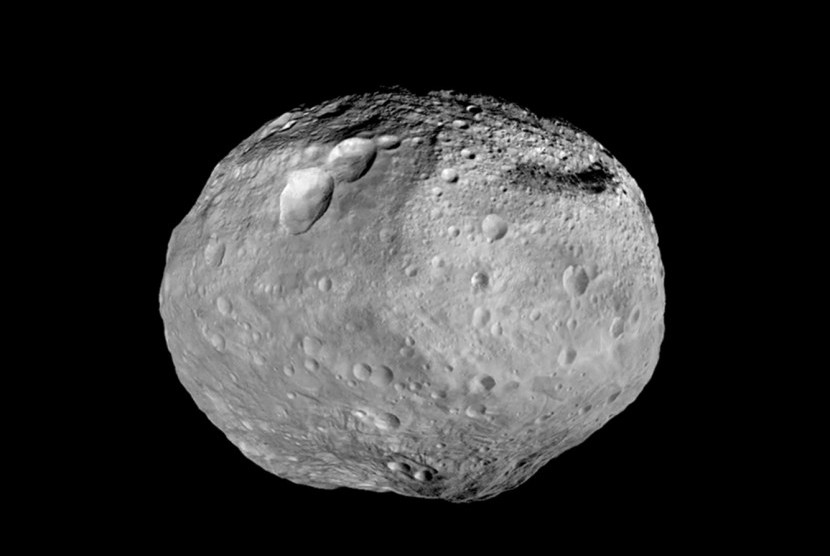The asteroid is likely to land off the coast of Iceland.
REPUBLIKA.CO.ID, JAKARTA — On March 11, a asteroid 3 meters high is visible and penetrates the Earth’s atmosphere. This asteroid is likely to land off the coast of Iceland.
The asteroid is unique in that it was only discovered two hours before it collided with Earth. This makes it the fifth asteroid discovered before colliding with the planet.
Local account from Iceland claimed a huge fireball flashed overhead. However, it is uncertain whether the asteroid actually hit the water or broke up in the atmosphere. The European Space Agency’s (ESA) near-earth object coordination center is currently looking for footage of the asteroid, although they say that’s impossible due to its remote location.
Krisztián Sárneczky of the Hungarian observatory made this discovery by showing a “bright, fast-moving object” in the night sky. Sar2593 is the name of the object and the probability of its impact is estimated to be less than 1 percent.
After that classification, however, the automated system detected that Sar2593 would have a 100 percent chance of impacting somewhere near Northern Ireland. Soon, astronomers from all over the world began trying to track the object, which was no simple task given its speed of 18.5 kilometers per second and its distance from Earth.
The object is believed to have collided with Earth between 21:21 and 21:25 UTC if it made it through the atmosphere before burning up. There is currently no definitive evidence that the asteroid landed. However, there are reports of a massive hit off the coast of Iceland that could be more than just a coincidence.
Iceland and Greenland detected a signal coming from an asteroid impact with an energy release of 2 to 3 kilotons of TNT. In comparison, the Halifax explosion (the largest non-nuclear explosion in history) was equivalent to 2.9 kilotons of TNT, indicating an asteroid 3 to 4 meters in diameter colliding with nearby water.
Blazing through the atmosphere at that speed would have a destructive effect on the asteroid, with large numbers of chunks breaking apart and evaporating. These are often seen as large flashes of light called fireballs due to friction with the air breaking up the asteroid.
The ESA is now asking anyone who may have seen the asteroid to submit their footage.
–


